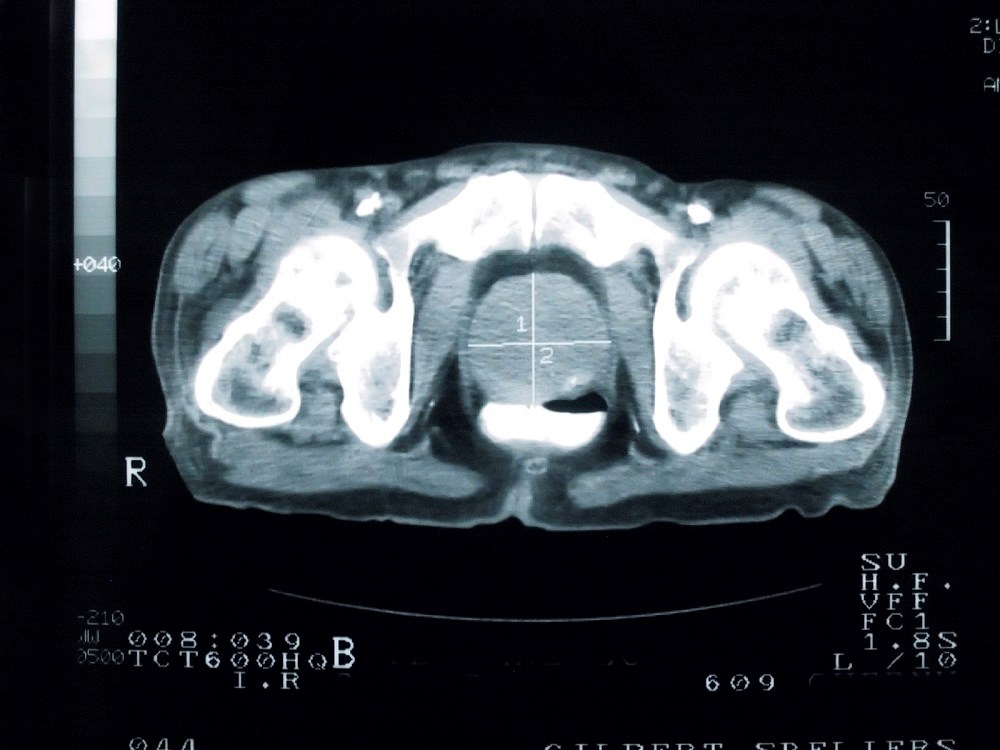
Negative findings on a confirmatory fusion biopsy are associated with a lower risk of Grade Group progression.
Men on active surveillance (AS) for prostate cancer who have negative results from a confirmatory fusion biopsy (FB) are at significantly lower risk for Gleason Grade Group progression, according to a new study.
Negative FB findings were associated with a significant 59% decreased risk of Grade Group (GG) progression compared with positive findings, investigators led by Peter A. Pinto, MD, of the National Cancer Institute in Bethesda, Maryland, concluded in a paper published in The Journal of Urology.
“A negative FB on AS, which is a powerful indicator of favorable outcomes on AS, can be used to counsel patients regarding the risk of progression,” the investigators concluded. “This information can help urologists decide how often to plan followup visits as these patients may be offered longer intervals between subsequent followup examinations, imaging and biopsies.”
The study included 542 men—466 patients with GG 1 and 76 with GG 2 cancer based on systematic biopsy. All patients underwent FB, which consisted of extended sextant systematic biopsy plus multiparametric magnetic resonance imaging (mpMRI)-transrectal ultrasound (TRUS) guided targeted biopsy of suspicious lesions found on mpMRI.
Of the 542 men, 110 (21.5%) GG 1 patients and 10 (13.2%) GG 2 patients had negative findings on FB and elected to continue on AS. A total of 224 men (41.3%) were upgraded to a higher GG, including 205 (44%) in the GG 1 arm and 19 (25%) of the GG 2 arm. After the initial confirmatory FB, 210 patients sought definitive treatment. The remaining 332 patients continued on AS after a negative or positive confirmatory FB.
Of these 332 patients, 182 underwent a subsequent FB. The group included 60 and 122 men with a negative and positive FB, respectively. These patients were followed on AS with a median time to GG progression of 74.3 and 44.6 months, respectively.
Reference
Bloom JB, Hale GR, Gold SA, et al. Predictor Gleason group progression for men on prostate cancer active surveillance: Role of a negative confirmatory magnetic resonance imaging-ultrasound fusion biopsy. J Urol. 2019;201:84-90.





